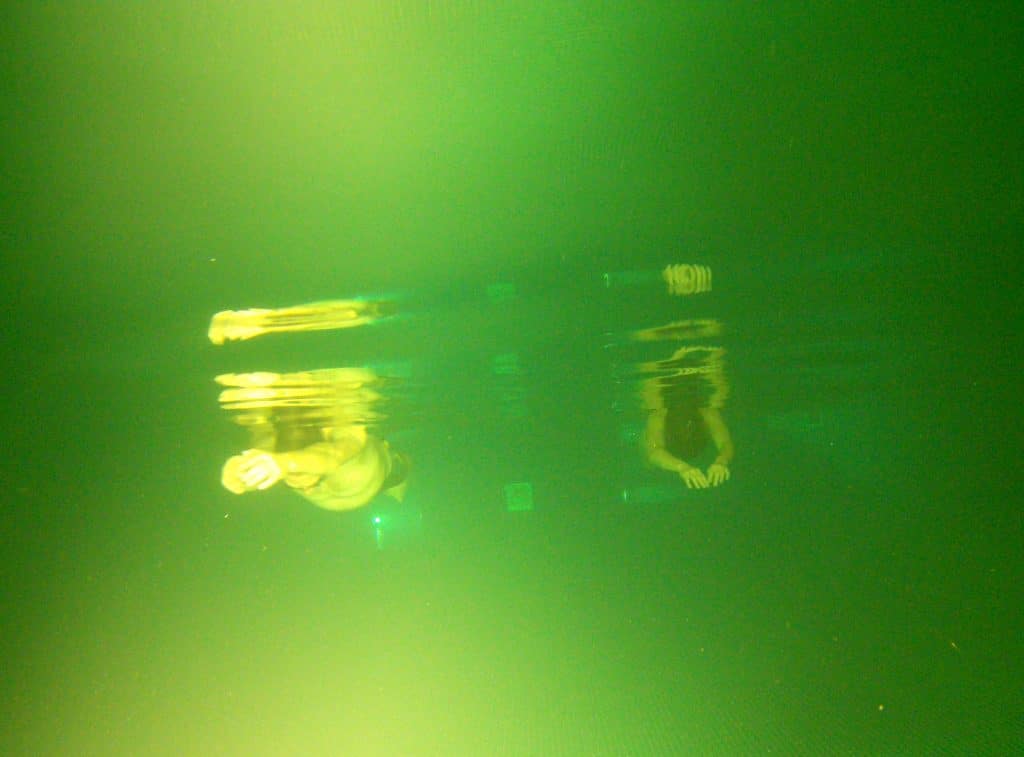For most people it’s unusual not to create disintegration in the back or gasp for breath when 1, learning strokes or swimming for fitness and 2, in cold water. But if the conditions are right, with some basic awareness, it’s quite easy to get your head out of your body, open your back and watch your breathing change. The thing is, these benefits come from a connection with the water we’re more likely to find when we stop, and give it time to support us. For real freedom in water, getting from A to B has to be secondary to this process.
When I shared the above thought on the Alexander Technique blog group I belong to, someone responded by posting a video of Shinji,‘The most graceful freestyle swimming,’ and asked if I’d seen it. People like to think of swimming with the Alexander Technique as moving through water with that kind of poise and efficiency. There’s a big market for it.
But what I’m suggesting is, don’t associate Alexander Technique in water with the perfect stroke, if there’s any such thing, because it can be so much more basic, and available to everyone, than that.
Alexander teaches us to stop and give ourselves directions so that we respond to gravity, become lighter, more alive, better connected. This is subtle but profound. It changes us.
If we can get our head and knees both going out of our back at the same time, we’re on the right track. This might happen whilst sitting looking out of the window, about to turn a door handle, or carrying out a bigger, more dramatic movement, like getting into a chair.
We can experience a moment of quietness and integration anywhere, whatever we’re doing, but in order for it to happen, we have to stop, if only for half a second. And that’s a decision. Whatever state we’re in, we can improve things by stopping. That’s what the AT is all about.
It’s helpful in a very basic way and available to everyone. You don’t have to be a performing artist or sports person, to bring it – yourself – to life. You don’t need to be any good, at anything.
Swimming and AT complement each other best if your humble aim is to enjoy the support of the water and freedom of movement it offers; to let the water help you free your neck. Don’t worry about covering great distances. Keep it simple, just like Alexander work on dry land. The less we do in water, the more open we are to experiencing what John Dewey called thinking in activity.
Work on letting go, giving something up. Find out what you’re doing that’s impeding your flow. Maybe swim a length and find out at which point you’ve done too much. For most of us, all it takes to destroy the integrity achieved in a moment of submission, is to move an arm.
If you’re afraid of water, do basic work. If you’re a good swimmer, remember to do basic work. That’s where real change happens.


